Parts of Fife’s coastal path may have to be permanently re-routed following a battering by Storm Babet.
Sections of the popular 113-mile route were washed away during three days of extreme weather last month.
The path between Elie and St Monans is unlikely to be repaired after the soft cliff fell into the sea.
And from now on walkers will have the choice of a low tide route via the beach, or an inland path at high tide.
A significant diversion is also still in place between East and West Wemyss, which was heavily impacted by the storm.
Jeremy Harris, chief executive of Fife Coast and Countryside Trust, which manages the route, said several other areas were also damaged and repairs are continuing.
Some Fife coastal path damage being repaired
The Fife coastal path bore the brunt of Storm Babet, which was quickly followed by an unusually high spring tide.
Worst-hit areas include Pathhead Sands in Kirkcaldy, where a large section of sand dunes was destroyed.
The dunes were planted as protection after a previous storm a decade ago washed away the car park.
Mr Harris said: “Pathhead Sands was a big one for us.
“Quite a lot of funding and effort went into putting in the dune system.
“And while it did what it was supposed to do during Storm Babet, the tide then breached the dunes and pulled out half the system.
“We’ve put in a lot of effort to put that back and remove several tonnes of silt from the car park.”
Sand dunes were also affected at Seafield beach, on the western side of Kirkcaldy, where the remains of an old stone pier were also destroyed.
And the area around St Andrews harbour and East Sands also suffered.
Talks needed with landowners about re-routing coastal path
The trust has a storm response plan, which swung into action in the wake of the October battering.
“The team goes out and takes stock but it’s a big coastline and it takes time,” Mr Harris said.
“Pathhead took a lot of attention because it’s a heavily-used area and we’ve invested in it previously.
“We’ve put in other re-routes where we’ve needed to but there’s still a lot of work to do to find permanent solutions.
“That will include thinking about significant sections of the coastal path that might need to be moved or reoriented.
“We’ll need to have a lot of conversations with landowners.
“In the meantime, we’re making sure everything is as safe and accessible as possible.”
Increasing pattern of widespread impact
He warned, however: “We’re going to see more and more widespread impacts as this is an increasing pattern.
“The team does an amazing job.
“But the longer term picture is looking at how we can make it something that doesn’t require this degree of emergency response every time this happens.
“We also need a sensible plan for where alternative routes are going to be if and when this happens again.”
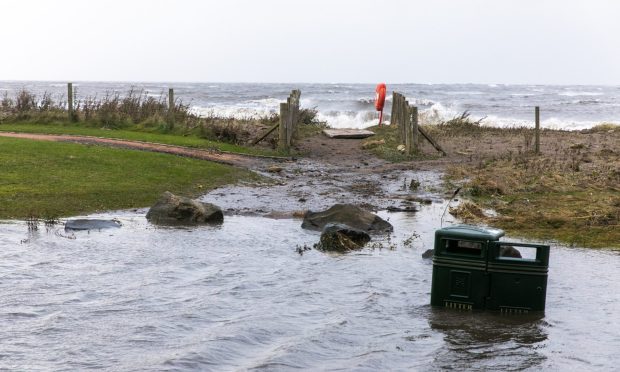
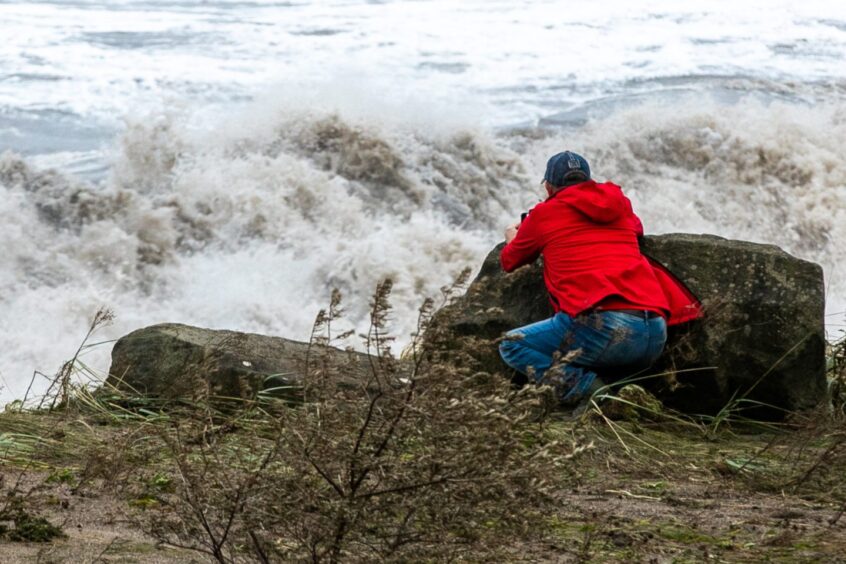
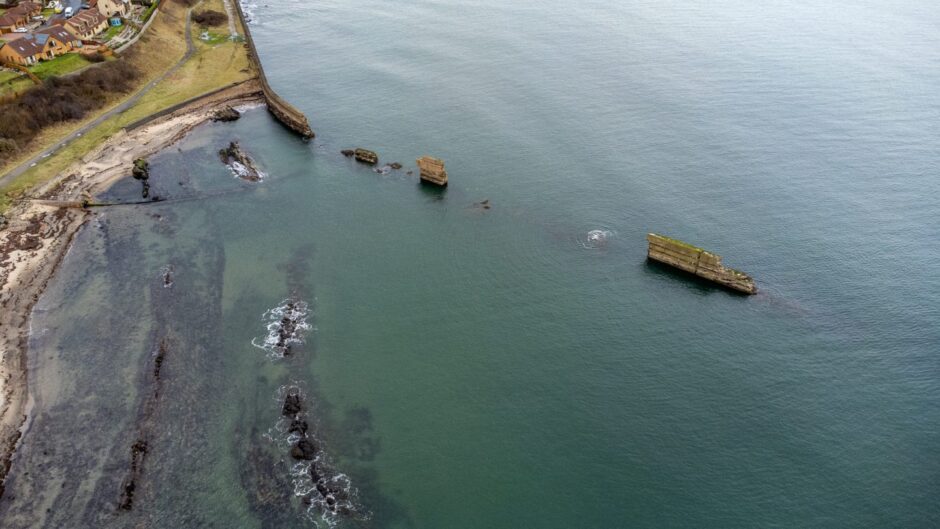
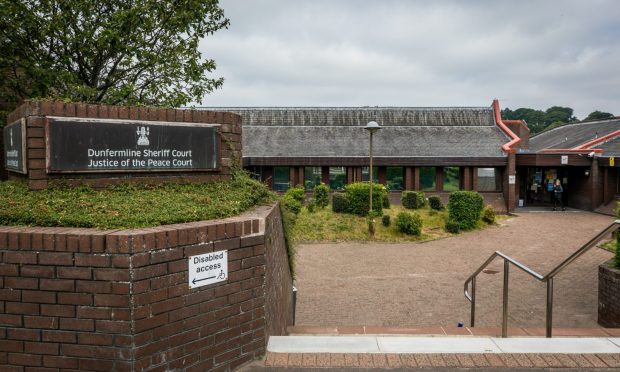



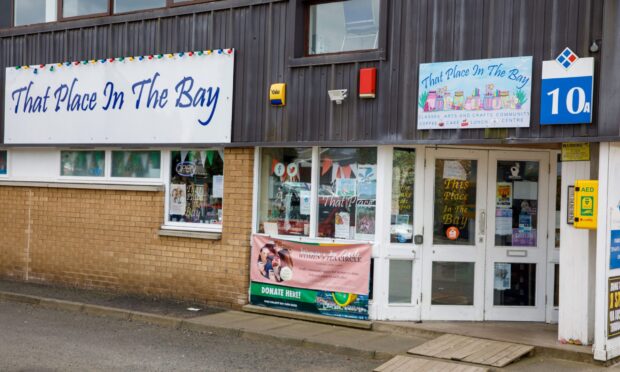
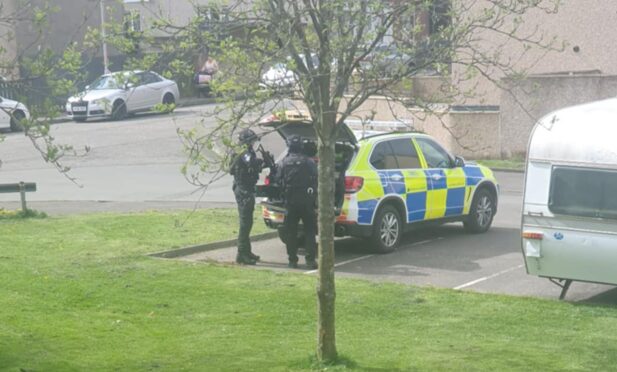
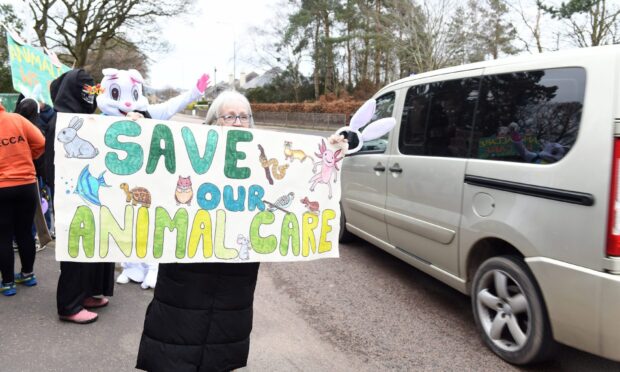

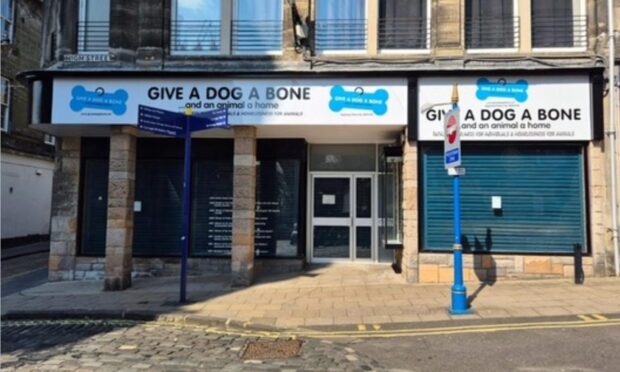
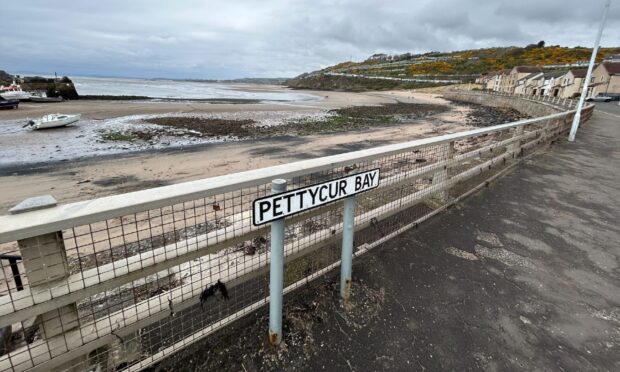
Conversation